
The best online fitness resource you'll ever need. We filter out the BS to ensure you meet your health and fitness goals!

The best online fitness resource you'll ever need. We filter out the BS to ensure you meet your health and fitness goals!
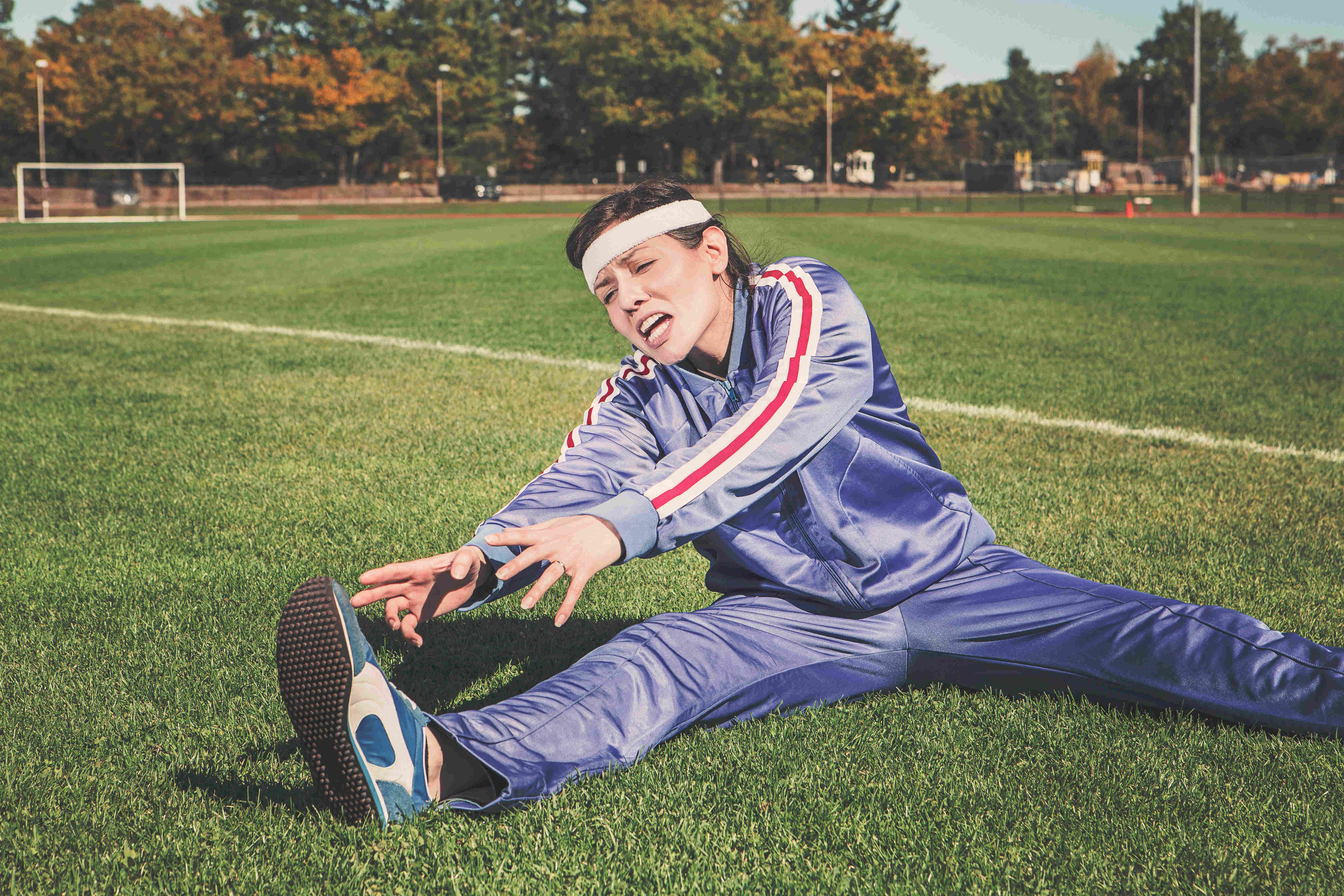
Mobility is widely a misunderstood topic amongst the health and fitness fraternity. It’s also become a bit of “buzz” word over the last few years, with well known fitness authorities like Kelly Starrett leading the way in optimal movement, and functional training.
Is your goal to be able to squat deeper, using the weight of a small baby elephant?
Or is it simply to move easier every day without any pain in your joints?
Maybe it’s just simply to be able to touch your toes?
Whatever your reasons are, joint mobility is incredibly important for your long term health, and in today’s post I’m going to delve into the various reasons why you should be following your own mobility routine on a daily basis.
I’ll also give you some key movements you can get started with right away, because, well, I’m good like that 😉
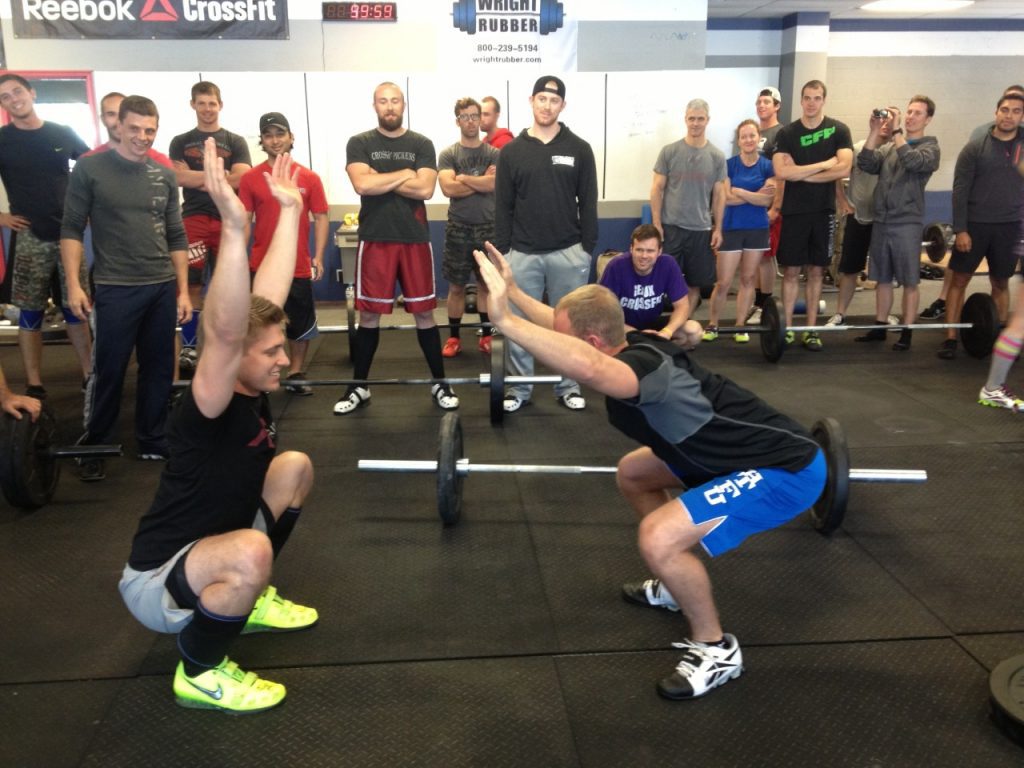
Mobility can be defined as the ability of the joints in the body to move through their full range of motion. For example, being able to hold your arms above your head whilst squatting to the ground, this is a foundational movement that most people can’t do, for various reasons I’ll cover later on.
But mobility is so much more than that, it’s also the stability that people have, which in layman’s terms is the control you have over your movement.
Are you able to hold a specific position and resist unwanted movements?
For example standing on one leg. A lot of people can’t do this without looking like a newborn baby Giraffe, with the knee caving inwards and their ankles rolling from side to side, it’s a simple movement but a nightmare.
So whilst most people understand they should stretch and perform mobility drills, they often don’t realise that stability is the second ingredient involved in mobility, and it’s simply a matter of strengthening the muscles around the joints.
There are a few very good reasons why you shouldn’t neglect this aspect of health and fitness (yet even the vast majority of the gym populace don’t bother), and the first one applies to EVERYONE. I don’t care who you are, it just does.
There are Physical Therapists all over the world who’d agree with me here, and that’s mainly because of the far reaching effects that posture has on our long term health.
A good posture will not only ensure you don’t look like the hunchback of notre dame, in fact it goes way beyond basic aesthetics. A good posture can be the difference between a healthy mental state, and one that often sinks into the realms of depression.
Our physiology profoundly affects our psychology, so if you’re walking around, shoulders rolled forward, head down with your spine curving forward way too far, you’ll begin to cultivate a negative attitude to life in general.
For example, a study published in March 2017 in the Journal of Behavior Therapy and Experimental Psychiatry found that “adopting an upright posture may increase positive effect, reduce fatigue and decrease self-focus” in people with mild to moderate depression.
The more obvious effect on the body is that of increasing load on the spine, so as the years roll by, you’re far more likely to develop muscular and joint pain as a result of overloading the spine.
Common injuries like knee pain, and little niggles like pain in the shoulders and neck are much less likely to occur if you focus on mobility training. Again, this has a lot to do with the effects that posture has on our body’s loading.
For example, if you’re attempting to squat (even a relatively small weight) and can’t do so without your knees creeping over your toes, and your spine curving forward, then you’re putting undue stress on your knees and spine simultaneously. You see what I’m getting at?
Another activity that often produces different niggles and injuries because of poor mobility, is that of running. People often take to the pavements without stopping to think whether their body’s are prepared for running, to later end up with a myriad of problems, like lateral knee pain, back pain, ankle problems, the list goes on.
I won’t go into too much depth with this, mainly because posture is often the root of most aches and pains, or it’s because of an old sports injury.
But to reiterate slightly, if you take mobility training seriously, it could mean the difference between waking up with a sore neck every day, or being able to chase the kids around the garden without having to stop every few minutes and sit down because of a “bad back”.
If the pain is due to an old injury, then mobility drills can stop the issue progressing further into something more serious like arthritis in the joints. So bare that in mind next time you decide you “don’t have time to stretch” at the end of your workout.
So we come to the bit you’ve probably been hankering for, how can we actually improve our overall mobility.
Below are 3 exercises that hit pretty much every area of the body (or as much as you can in just three movements). Be sure to take your time with these. I’d also recommend utilizing them as part of a daily routine, instead of just off the cuff when you think about it.
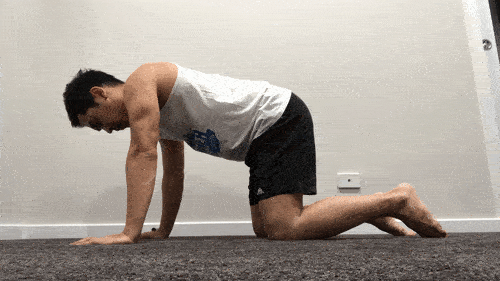
Repeat for 20 repetitions.
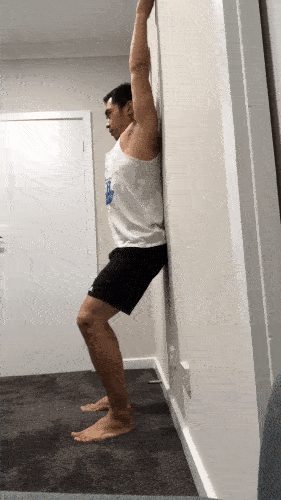
Repeat for 20 repetitions.
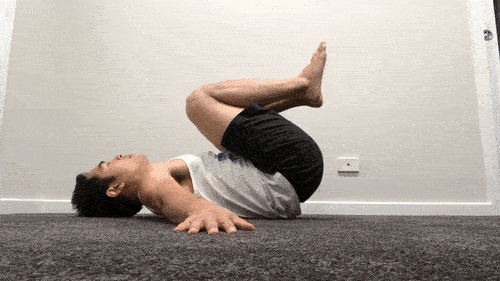
Repeat for 20 repetitions.
It’s important to realise that where these exercises will improve various facets of the body’s ability to move properly, you may well have wider spreading issues, so I would recommend you take up Yoga or Pilates if you can, as part of a regular mobility routine.
It pays to get one-to-one help with this stuff too, think of it as a long term plan for your over health and wellness.
Happy mobilising!